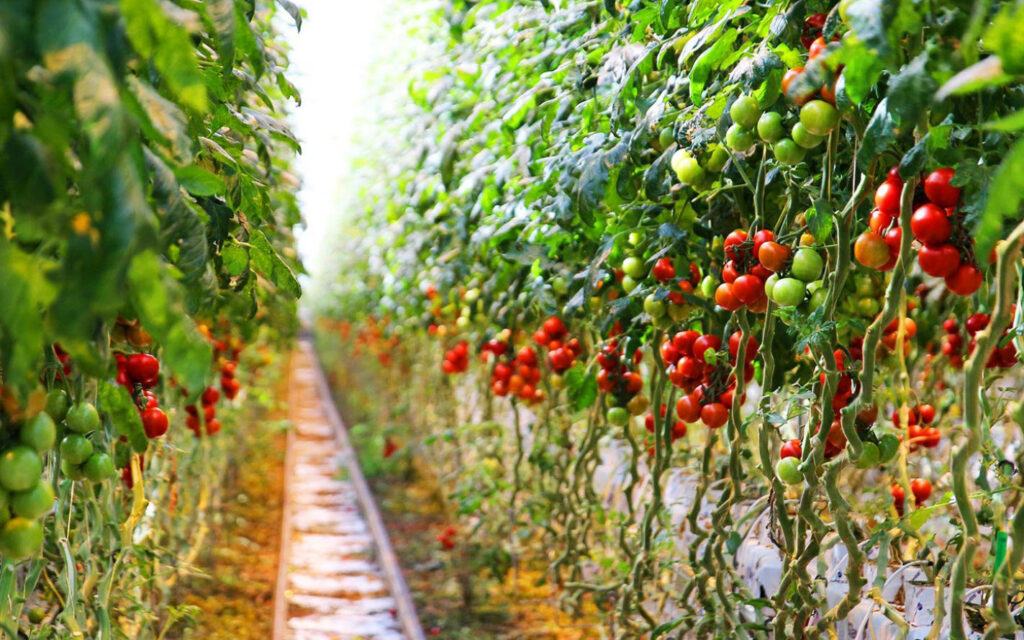To tackle the challenge, Bright Cape followed a structured problem-solving approach. First, we spent significant time with the client’s subject matter experts to get a very good understanding of the needs, process and challenges. Eventually, the question was formulated as what are the minimum possible costs to operate the lighting and cogeneration units given a broad set of business requirements. The requirements included maintaining the highest levels of both quality and productivity of the TastyTom produce.
Secondly, we needed to identify a suitable analytics approach. Once the business problem was well-scoped, we decided to leverage mixed integer linear programming (MILP) to solve the problem. MILP is a class of linear optimization techniques well suited to address utility allocation problems. We thus built a mathematical model that encodes (i) the objective function of finding the minimally achievable costs and (ii) the constraints. Relevant input data sources included energy market prices (gas, electricity) and internal energy demand.
Then, in order to have computers solve the model, we codified it in a Python program using an open-source linear optimization package. The mathematical program was given the task of finding the optimal daily schedule to power the lighting and the cogeneration units to meet the business requirements at minimum costs. We employed Kedro to build a modular data science pipeline that handles the input data preprocessing, optimization model solving and business output generation.



